Before the advent of Beyond Meat and Impossible burgers, and all the other new-school, plant-based meats, vegetarians had three main proteins to choose from: seitan, tofu and tempeh. Tofu is perhaps the most famous of the bunch, and seitan (a toothsome, savory substance made from vital wheat gluten) makes frequent appearances in vegan cheesesteaks, mock fried chicken sandwiches, and the like. Tempeh, another fermented plant-based product, often but not always made from soy, doesn’t quite have the same mainstream appeal in the US.
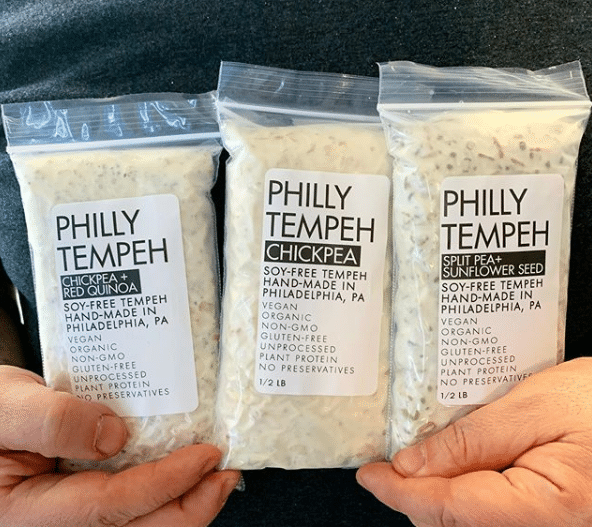
There is a local brand Philly Tempeh, that’s trying to raise tempeh’s profile. Handmade in small batches, this tempeh is different as can be from the crumbly, bitter slabs of soy that you might find in the natural foods section of the supermarket. We talk to Philly Tempeh’s founder, Dave Milstein, about how this project got off the ground, and where it’s going.
PA Eats: Dave, can you give us a little background on where you’re from, and where are you based now?
Dave Milstein: I moved to Philly in 2012 from Binghamton, NY. I mostly have a background in video work, like editing, which I did for several years after moving to Philly. The money wasn’t great and I had to sustain a restaurant job while editing to cover all my expenses. I shifted from editing to insurance sales in 2015, then back to restaurant service. Some friends and I opened a record store in 2016 (called R&D Vinyl), then I partnered with a friend to run a record label. Eventually, I left all that to do coaching work and restaurant management. And in 2019, I suddenly found myself making tempeh, lots of tempeh.
Do you remember your first encounter with tempeh?
I do, I remember being excited about the idea of it, like here’s a vegan food with plenty of protein! But when I finally cooked it, I wasn’t in love with it. It wasn’t bad, maybe an acquired taste. So I cooked with it a few more times and tried a couple things people suggested like steaming, but it still wasn’t my favorite thing. I remember having that “What the heck is this anyway?” moment, and looked it up to learn about it. I saw a few guides on how to make it at home and thought it was worth a try, especially when reading about how much better it is homemade.
So I got the supplies I needed, watched a couple YouTube videos and made my first batch. It really blew me away. I invited some vegan friends over to try it who had also only had store bought tempeh, and they really couldn’t believe it. I’m not patting myself on the back, I’m sure my first batch really wasn’t all that great. But even an amateur attempt at homemade tempeh was on another planet, versus the store-bought tempeh I was eating before. Then I researched who’s selling fresh tempeh like this, couldn’t find any nearby, and that’s basically where we got the idea to start the company.
When did Philly Tempeh officially start? What inspired you to make “the leap?”
I’d say the official start was our first sale at V Marks the Shop on November 23. 2019. That was the first time officially selling tempeh directly to people. All of 2019 before that was spent getting everything together, which is quite an intensive process with the various certifications, inspections, licenses, insurance, etc. Everything went super-smoothly, which is nice, but it would often take weeks to get forms back, which drew everything on for months.
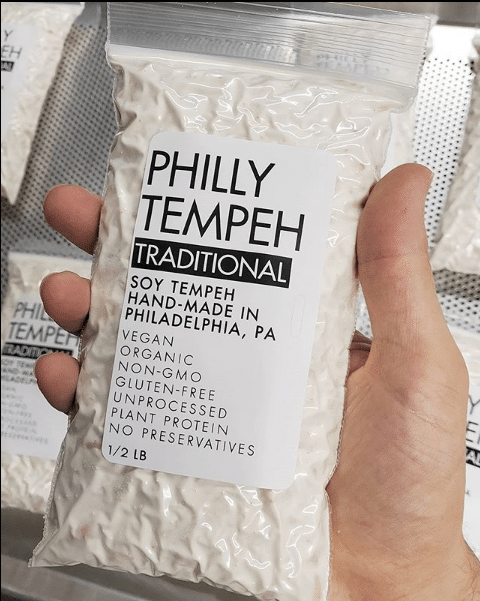
After that sale, we received a number of emails from restaurants and stores who wanted to give it a shot, and it was very exciting and validating, but of course, quickly overwhelming and intense to keep up. Everything since then has been about getting more and more efficient, adjusting processes, training, equipment, and doing everything to go from making 10 pounds at a time, to 50, to 100. Each threshold requires some major adjustments to the whole process. The local tempeh business, in general, is a super-supportive and cooperative community, especially since with local tempeh there’s no competition or issues sharing ideas with another maker in Texas, or California, or Canada, Singapore, etc.: I might get a tip on a good thermometer to use, or how to perforate bags, and I can provide designs on incubator ideas or anything else I can contribute.
So… what is tempeh? What’s your definition of it? Is it hard to make?
Tempeh is an immensely nutritious vegan food with lots of protein and fiber that avoids a lot of the negatives of some other popular vegan meats. Tempeh has no sodium, no gluten, no preservatives, and very little or no processing at all. But what IS tempeh? Tempeh is a cake of specially fermented beans or grains using a particular spore called rhizopus oligosporus.
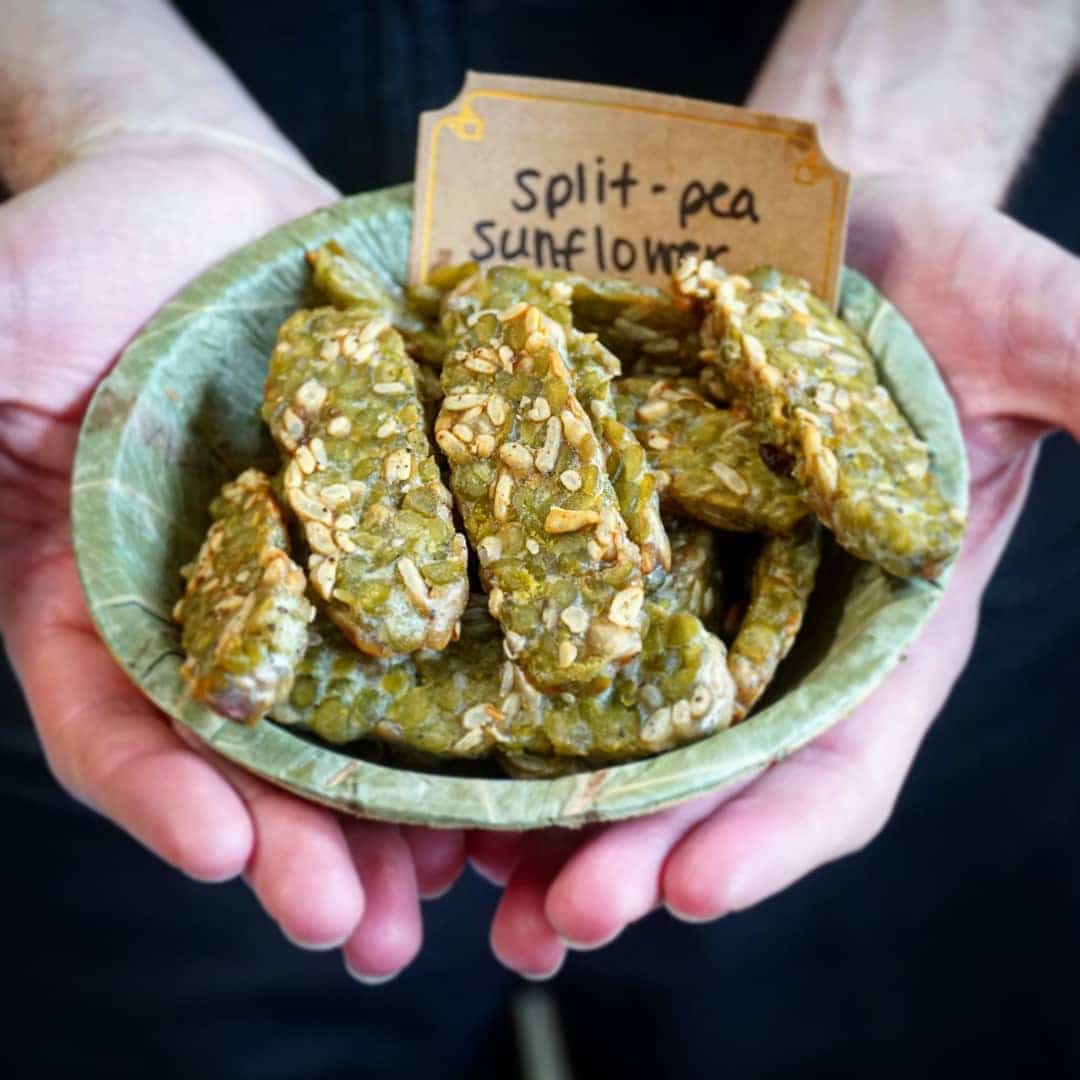
It’s a very special and nutritious fungus that thrives on beans and grains and forms a white cake around them. The fermentation process also pre-digests the beans making tempeh generally much easier on the stomach than other foods. Soybeans are historically the original bean used when tempeh was created in Indonesia, although the rhizopus spore can grow on many other legumes, so soy-free tempeh is absolutely possible. Tempeh is both very easy and very challenging to make. Anyone can make it at home, because the steps and ingredients are pretty simple. But because it needs a very particular temperature to grow, it can be tricky to maintain the ideal habitat for it for 30+ hours. Making tempeh in mass quantities is another beast entirely, and not easy.
Why don’t you think tempeh has caught on with the same mainstream popularity as tofu?
I know many people that do not enjoy tofu, or they are very bored by it, and love tempeh in all forms. And considering that tempeh is also easier to prepare and has (at least to me) more natural flavor — and when you consider tempeh also has more protein, fiber, iron, and potassium than tofu — it’s definitely odd as to why it’s so much less popular. If I had to guess, I’d say it’s three reasons: Tofu is usually cheaper, tofu generally has a better shelf life, and culturally, tofu has a stronger force in the US, being widely used in many Asian cultures, while tempeh is primarily from Indonesia, which has substantially less culinary influence on the US. Tempeh has been gaining popularity every year, and I expect it to continue to grow as more tempeh businesses open, and more people share and talk about it.
How does Philly Tempeh’s products compare to the tempeh one might find in the health food section of a supermarket?
Tempeh is considered a living food when it’s fresh, as the culture is still active (you can feel the warmth of fresh tempeh as it continues to ferment slowly). So eating fresh tempeh is really unique and special, and the best possible form of tempeh. Whenever COVID-19 is a thing of the past, we’ll be selling our fresh tempeh at farmers markets, and we’ll have it available from our kitchen, too. The tempeh you buy in grocery stores from the big brands is not fresh tempeh. It’s almost unrecognizable as tempeh. Grocery stores are forced to heat-pasteurize tempeh in order to extend the shelf life. This process is a little antithetical to tempeh and kills the culture while upsetting the taste and texture. It’s also vacuum-sealed to oblivion, which chokes and ruins its texture further. It’s unfortunate that most people’s exposure to tempeh is in this greatly reduced form.
Sampling Philly Tempeh (pre-COVID, of course)
When I see people try fresh tempeh for the first time, there’s a bit of that “ah ha” look in the eyes, like “Whoa, okay I get it!” So basically, if you can get fresh tempeh fresh, that’s the way to go. The next best thing would be frozen tempeh because it avoids the terrible heat-pasteurizing process, which is how we mostly sell our tempeh in stores.
What are some of your favorite things to make with tempeh? What do you recommend for tempeh newbs to try?
The first thing I’d recommend is super-simple: Fry it with some oil and salt. Plain, basically. Get it a nice golden-brown and sprinkle on some salt and try it out, then you can add a sauce of your choice. That right there can be a solid snack or meal. I will cook tempeh like that and add it to a number of dishes, like teriyaki sauce with rice and vegetables. You can also slice it up into little bits and bake it with some seasonings, you can fry it and slather it in bbq sauce for a sandwich. Tempeh is great on its own and can be added or incorporated to any dish you’re already familiar with. You can mash it up with some red seasonings for a taco “meat” or add to a tomato sauce to make a hearty, meaty sauce. I mean you can really go nuts with some awesome recipes, and the restaurants we sell it to have made some incredible dishes. If you Google “tempeh recipes” you’ll find some great stuff.
What’s your production facility like?
We have a huge and awesome kitchen, which I’m lucky enough to be sharing with our friends at Honey’s Sit N Eat, a super-popular brunch place that’s only open in the mornings, which means they have a huge prep kitchen that’s available to us all evening. A major issue, however, is that the building itself is quite old, so our kitchen is generally whatever temperature is outside. For tempeh, that is a huge issue in the summer and winter because of the specific temperature requirements for it to grow. In Indonesia the temperature is generally ideal for tempeh, letting it grow naturally and easily. But here in Philly, that’s not the case. Tempeh loves it when it’s 85 to 90 degrees Fahrenheit, so when the kitchen drops to 20F at night in the winter or as high as 105F in the summer … it presents some brutal challenges. But after months of problem-solving and building an entire temperature-controlled incubator, we’ve managed to fight the elements and keep making tempeh all year.
Are there any of your flavors or products that people have gone especially wild over?
People are definitely excited and interested in soy-free tempeh, like our Split Pea & Sunflower Tempeh, Chickpea, Pardina Lentil and some others we’ve made. But the most popular is our Traditional Soy tempeh. It’s just hard to beat the classic tempeh (unless you have a soy allergy). We’re working on some other products we think folks would be into, like pre-marinaded tempeh, burger patties, crumbles, things like that, which might be available in a few months.
Where can people find Philly Tempeh? I see that it’s on the menu at some Philly restaurants and in some markets. Any plans to expand your wholesale footprint, or do think you’ll keep things where they are?
Right now, if people are interested they can find our tempeh for sale at V Marks the Shop, Philly Foodworks and Weaver’s Way Co-Op, and it’s being served in dishes at High Street on Market, The International Bar, and the Algorithm vegan food truck. We’re very, very appreciative and happy that with so many places closing and tightening up through COVID-19, that these businesses have been continuing to order and keep us going, especially after we lost about 10 restaurant clients last year. We hope sometime this year everything can get back on track. If anyone’s interested in seeing our tempeh at their local store or restaurant please let us (and them) know, and we’d love to stock them up!
Visit Philly Tempeh’s website for more info, and follow its Instagram to keep up with news and happenings!
- Photos: Philly Tempeh
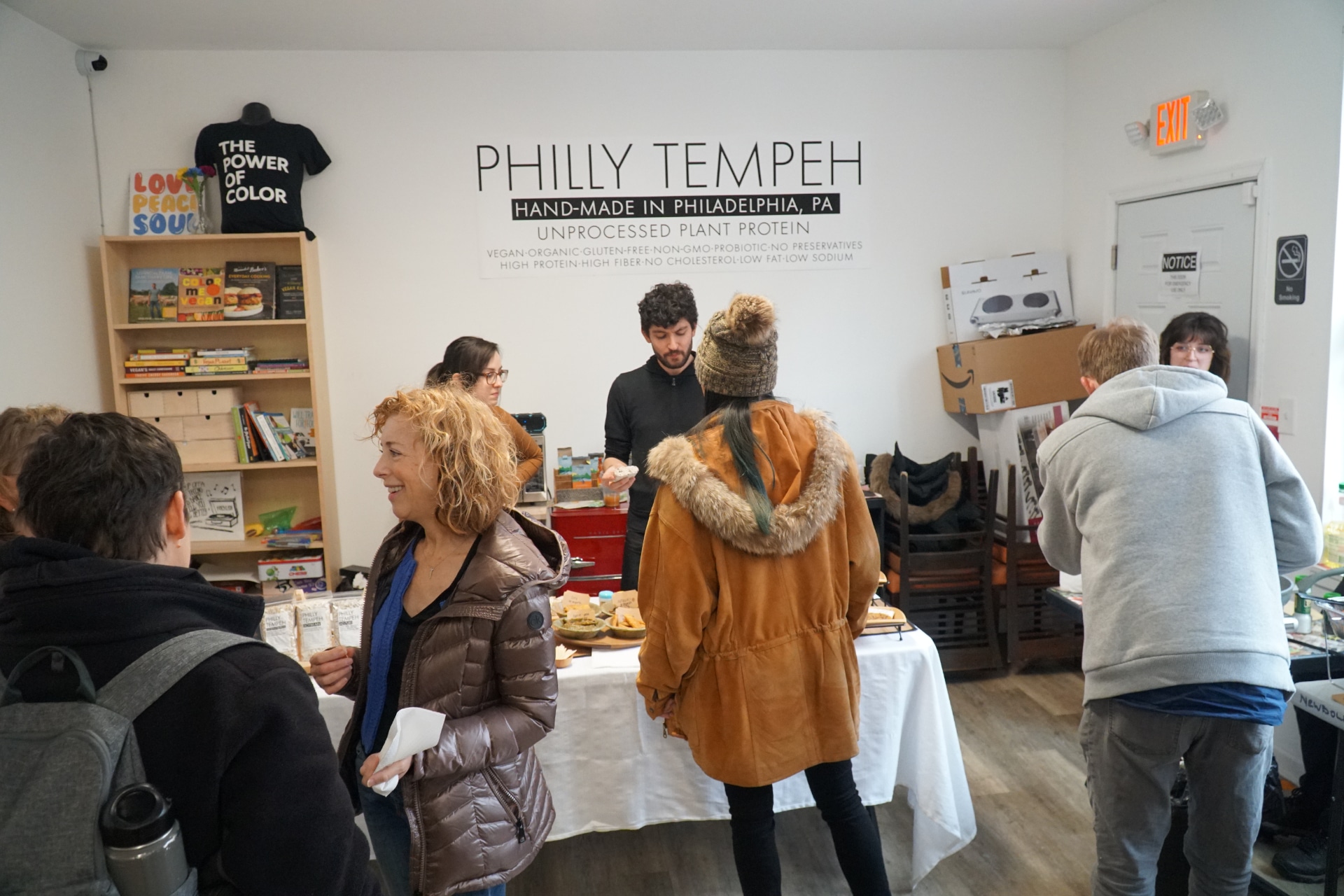

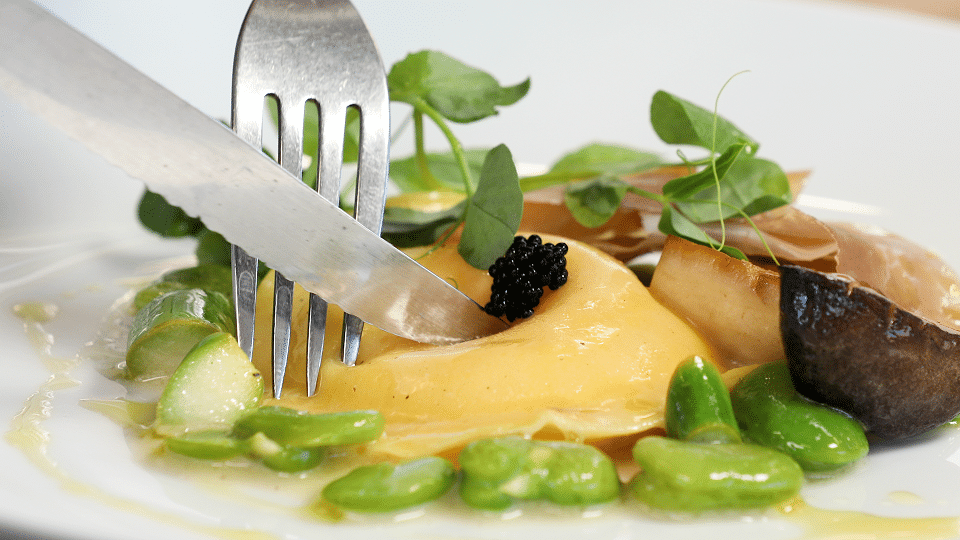
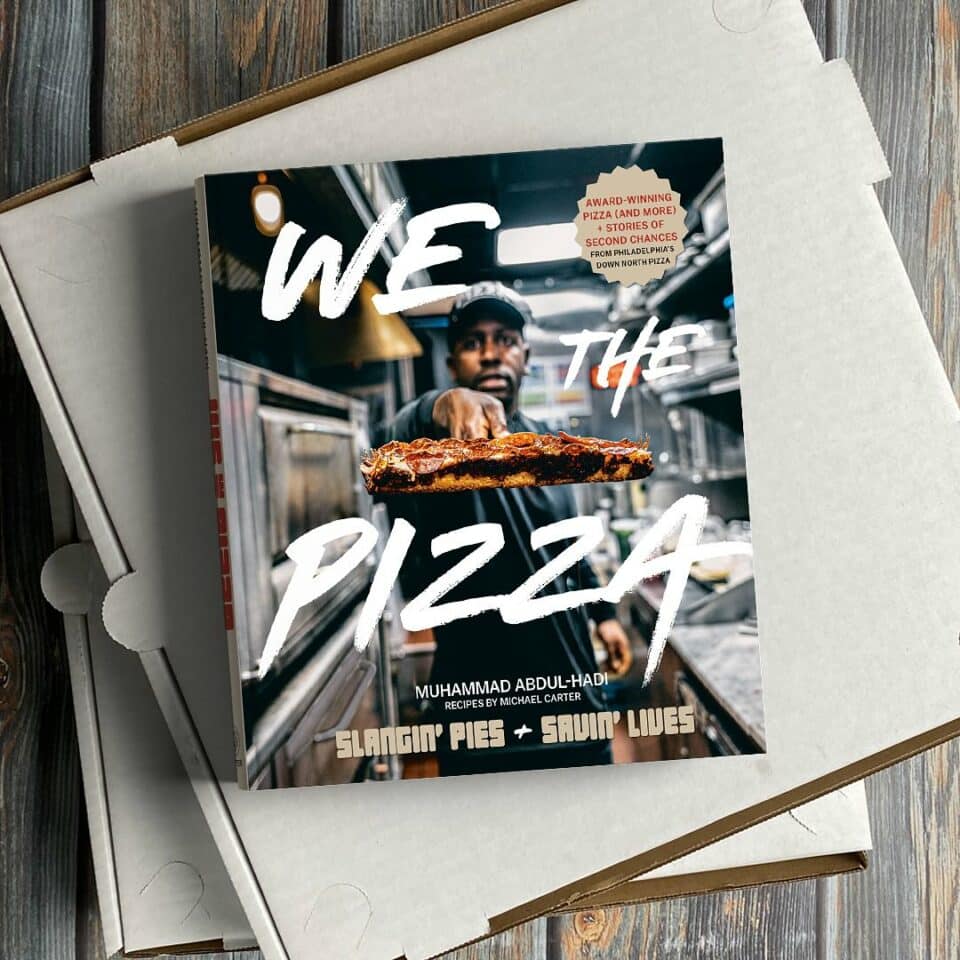
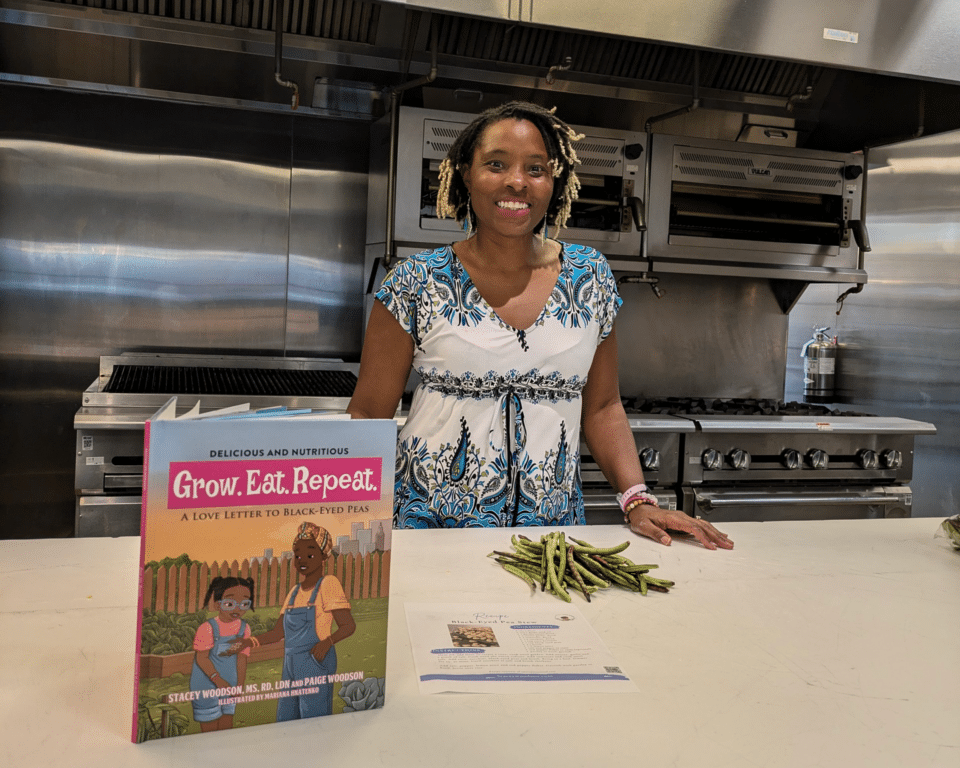


2 Comments